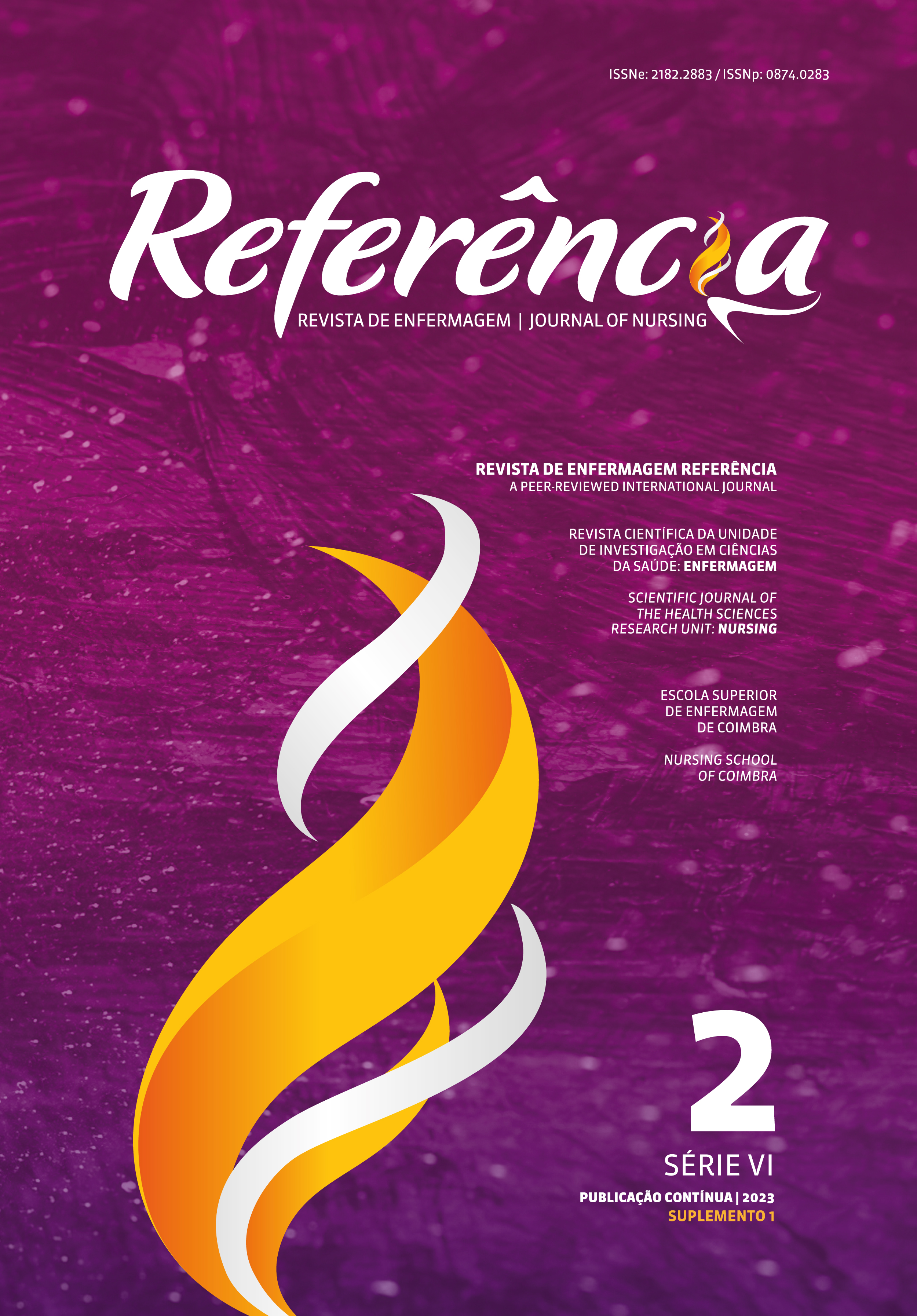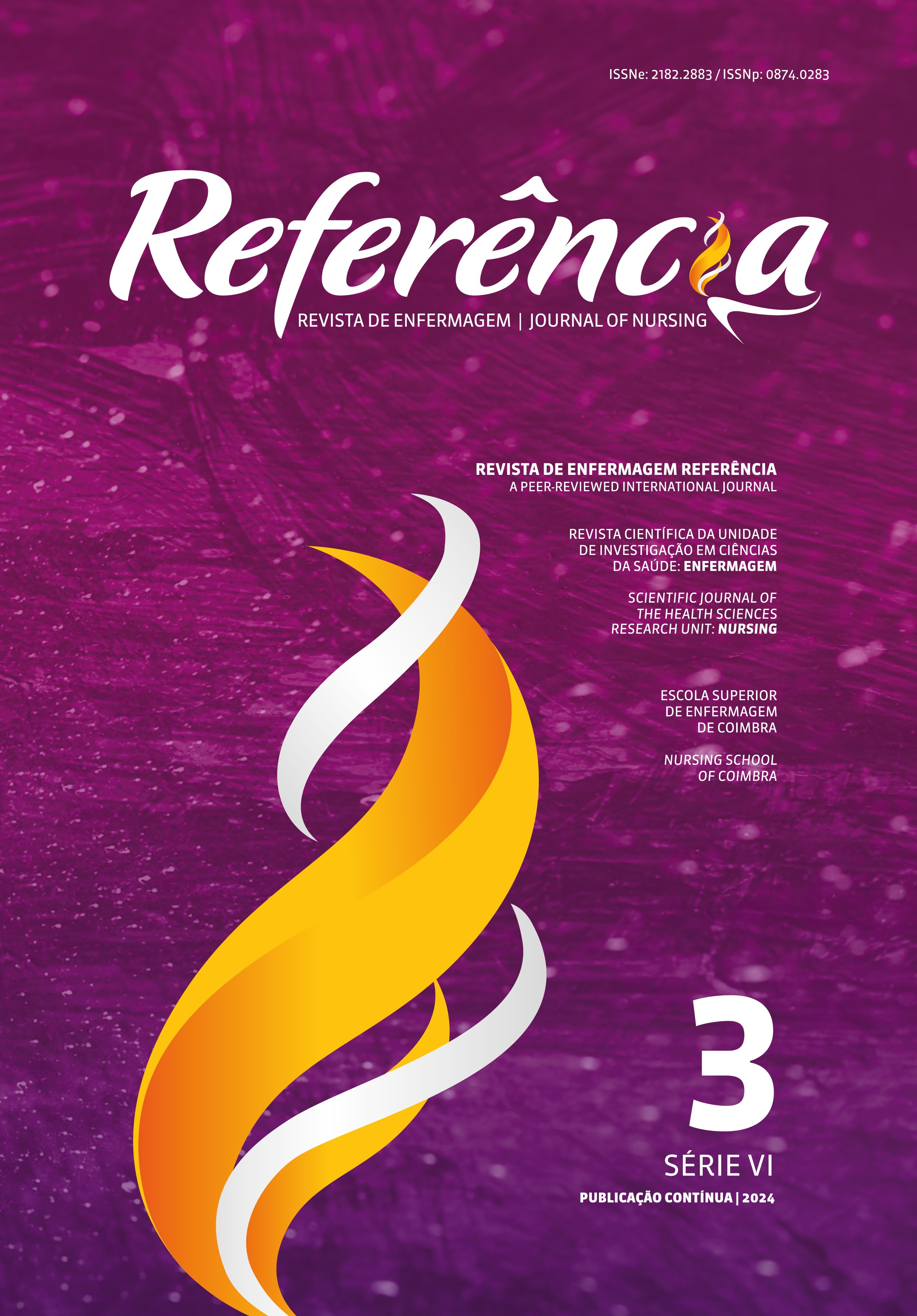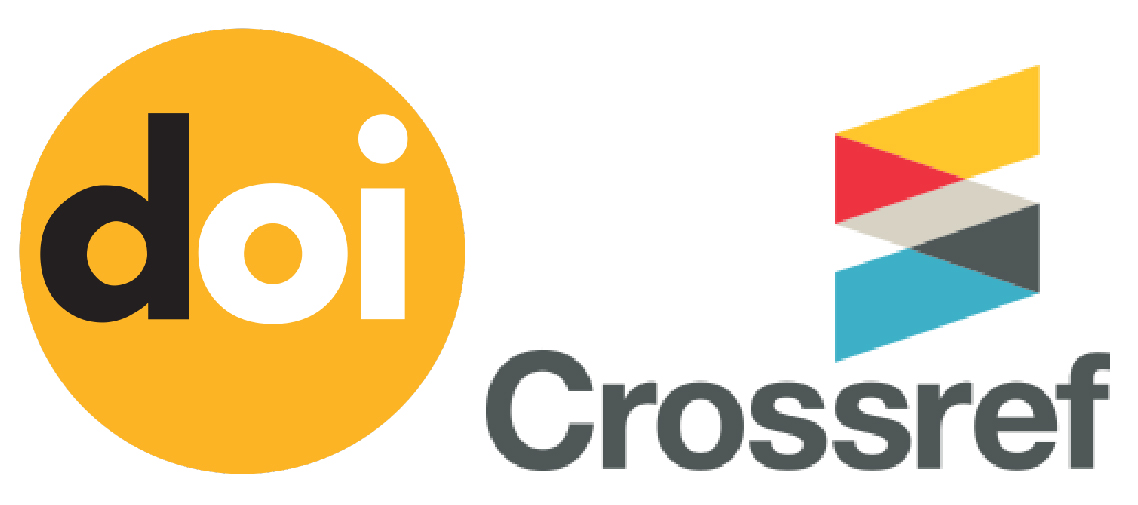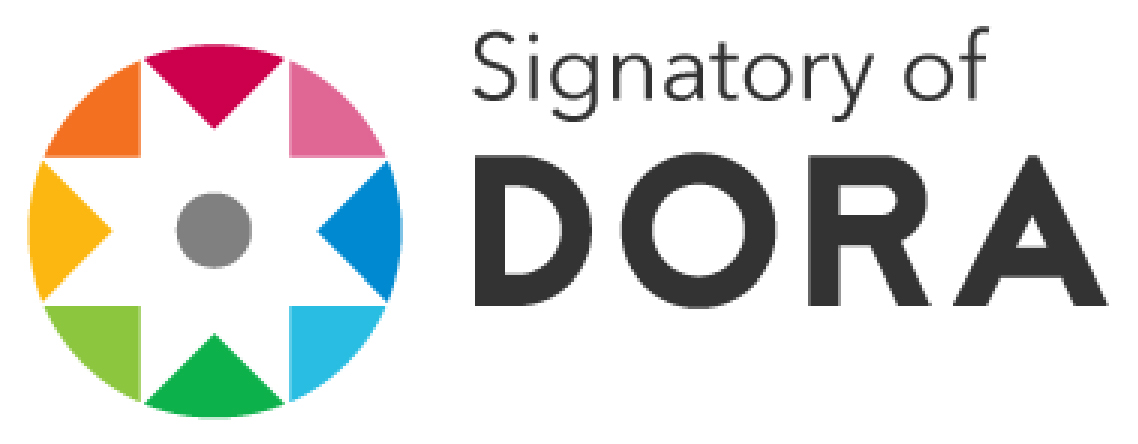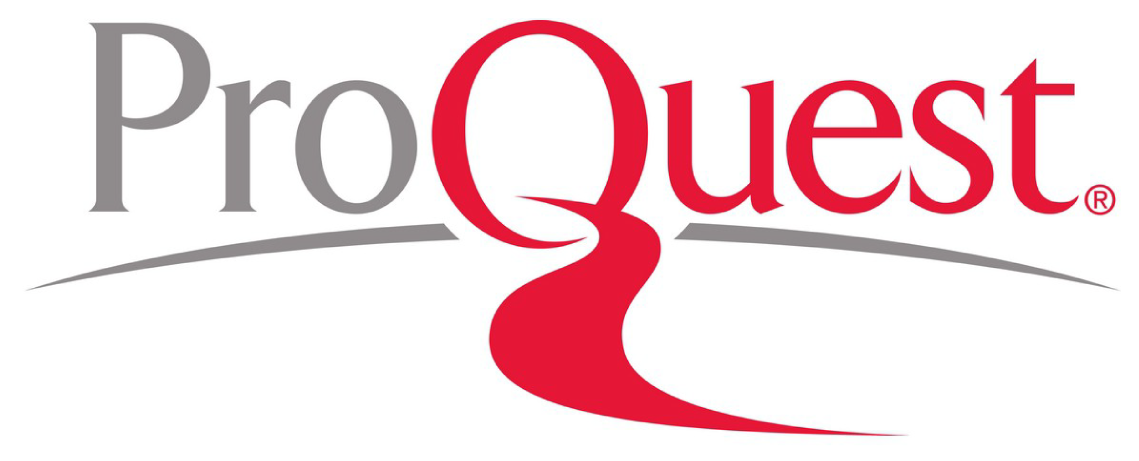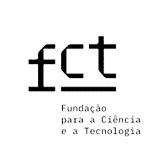Use of the main psychoactive drugs during the COVID-19 pandemic among higher education students
DOI:
https://doi.org/10.12707/RVI22031Keywords:
psychotropic drugs, students, higher education, COVID-19Abstract
Background: The higher education student population has a special risk of use and abuse of psychoactive drugs.
Objective: To analyze the use of psychoactive drugs in higher education students and their relationship with the sociodemographic variables and the COVID-19 pandemic onset.
Methodology: An analytical, observational, and cross-sectional study was conducted. Data were collected through a questionnaire applied after the first semester of the 2020/2021 school year to 8875 students of the Polytechnic Institute of Bragança from Portugal. A stratified sample of 825 participants for each of the five schools.
Results: Alcohol and tobacco are the most used and abused substances due to the practice of binge drinking/smoking. Psychoactive and recreational drugs are less used. Use is affected by sociodemographic variables: gender, age, school, chronic diseases, and parents’ education/occupation. During the pandemic COVID-19, students perceive an increase in use except for alcohol.
Conclusion: The use of psychoactive drugs in higher education students is affected by sociodemographic variables and the COVID-19 pandemic.
Downloads
References
Ahluwalia, I. B., Arrazola, R. A., Zhao, L., Shi, J., Dean, A., Rainey, E., Palipudi, K., Twentyman, E., & Armour, B. S. (2019). Tobacco use and tobacco-related behaviors: 11 countries, 2008-2017. Morbidity and Mortality Weekly Report, 68(41), 928–933. https://doi.org/10.15585/mmwr.mm6841a1
Anes, E., & Antão, C. (2018). Consumo de tabaco, álcool e drogas em jovens estudantes. INFAD Revista de Psicología, 2(1), 133. https://doi.org/10.17060/ijodaep.2018.n1.v2.1189
Anic, G. M., Sawdey, M. D., Jamal, A., & Trivers, K. F. (2018). Frequency of use among middle and high school student tobacco product users: United States, 2015–2017. Morbidity and Mortality Weekly Report, 67(49), 1353–1357. https://doi.org/10.15585/mmwr.mm6749a1
Arbour, L., Bém, P., Branson, R., Cattaui, M., Cardoso, F. H., Clark, H., Clegg, N., Dreiffus, R., Elbaradei, M., Gaviria, C., Grover, C., Kazatchkine, M., Kwasniewski, A., Lagos, R., Motlanthe, K., Obasanjo, O., Papandreou, G., Ramos-Horta, J., Sampaio, J., …Uteem, C. (2019). Classificação de substâncias psicoativas: Quando a ciência foi deixada para trás: Relatorio 2019. Comissão Global de Politica sobre Drogas. http://www.globalcommissionondrugs.org/wp-content/uploads/2019/06/2019Report_POR_web.pdf
Bento, M. C., Barroso, T., Ferreira, Teresa Rodrigues Henriques, C., Pimentel, H., Ramos, L., Rosa, A., & Vinagre, M. (2021). Com portamentos de saúde e bem-estar dos estudantes do ensino superior politécnico: Um diagnóstico a partir da perspetiva dos estudantes. Conselho Coordenador dos Institutos Superiores Politécnicos. https://ccisp.pt/wp-content/uploads/2021/06/Relatorio-Saude-1.pdf
Cancer Institute of New South Wales in Australia(2022). Effects of smoking. https://www.icanquit.com.au/reasons-to-quit/smoking-and-your-health/social-smoking-and-binge-smoking
Chelieh, M., Kadhum, M., Lewis, T., Molodynski, A., Abouqal, R., Belayachi, J., & Bhugra, D. (2019). Mental health and wellbeing among Moroccan medical students: A descriptive study. International Review of Psychiatry, 31(7–8), 608–612. https://doi.org/10.1080/09540261.2019.1675276
Curran, C. P., & Marczinski, C. A. (2017). Taurine, caffeine, and energy drinks: Reviewing the risks to the adolescent brain. Birth Defects Research, 109(20), 1640–1648. https://doi.org/10.1002/bdr2.1177
European Monitoring Centre for Drugs and Drug Addiction.(2020). European Drug Report: Trends and Developments https://www.emcdda.europa.eu/system/files/publications/13236/TDAT20001ENN_web.pdf
Fein, G., Price, M., & Cardenas, V. A. (2018). Borderline personality disorder symptoms in treatment-naïve actively drinking alcoholics. Alcohol, 68, 81–89. https://doi.org/10.1016/j.alcohol.2017.10.005
Font-Mayolas, S., Hernández-Serrano, O., Gras, M. E., & Sullman, M. J. (2019). Types of polydrug use among Spanish students in health sciences. Journal of Addictions Nursing, 30(2), 108–113. https://doi.org/10.1097/JAN.0000000000000274
Görgülü, Y., Çakir, D., Sönmez, M. B., Köse Çinar, R., & Vardar, M. E. (2016). Alcohol and psychoactive substance use among university students in edirne and related parameters. Noropsikiyatri Arsivi, 53(2), 163–168. https://doi.org/10.5152/npa.2015.9907
Jodczyk, A. M., Kasiak, P. S., Adamczyk, N., Gebarowska, J., Sikora, Z., Gruba, G., Mamcarz, A., & Sliz, D. (2022). PaLS study: Tobacco, alcohol and drugs usage among Polish University students in the context of stress caused by the COVID-19 pandemic. International Journal of Environmental Research and Public Health, 19(3),1261. https://doi.org/10.3390/ijerph19031261
Lyons, Z., Wilcox, H., Leung, L., & Dearsley, O. (2020). COVID-19 and the mental well-being of Australian medical students: Impact, concerns and coping strategies used. Australasian Psychiatry, 28(6), 649-652. https://doi.org/10.1177/1039856220947945
Molina, P. E., Nelson, S., & Molina, P. E. (2018). Binge drinking’s effects on the body. Alcohol Research: Current Reviews, 39(1), 99–109. https://www.ncbi.nlm.nih.gov/pmc/articles/PMC6104963/pdf/arcr-39-1-e1_a12.pdf
Neicun, J., Yang, J. C., Shih, H., Nadella, P., van Kessel, R., Negri, A., Czabanowska, K., Brayne, C., & Roman-Urrestarazu, A. (2020). Lifetime prevalence of novel psychoactive substances use among adults in the USA: Sociodemographic, mental health and illicit drug use correlates: Evidence from a population-based survey 2007–2014. PLoS ONE, 15(10), 0241056. https://doi.org/10.1371/journal.pone.0241056
Nielsen, S. (2017). Non-medical and illicit use of psychoactive drugs. Spinger International. https://doi.org/10.1332/030557311X574234
Observatório Europeu da Droga e da Toxicodependência. (2020). Relatório europeu sobre drogas: Questões-chave 2020. https://www.emcdda.europa.eu/system/files/publications/13238/TD0420439PTN.pdf
Stanton, R., To, Q. G., Khalesi, S., Williams, S. L., Alley, S. J., Thwaite, T. L., Fenning, A. S., & Vandelanotte, C. (2020). Depression, anxiety and stress during COVID-19: Associations with changes in physical activity, sleep, tobacco and alcohol use in Australian adults. International Journal of Environmental Research and Public Health, 17(11), 1–13. https://doi.org/10.3390/ijerph17114065
Subeliani, D., Otiashvili, D., Kutelia, L., Beselia, A., Mgebrishvili, T., Vardanashvili, I., & Kirtadze, I. (2019). Patterns of use of new psychoactive substances and perceived benefits and negative effects: Results of online survey in Georgia (country). Journal of Substance Use, 25(3), 324-329, https://doi.org/10.1080/14659891.2019.1692927
Tarren, J. R., & Bartlett, S. E. (2017). Alcohol and nicotine interactions: Pre-clinical models of dependence. American Journal of Drug and Alcohol Abuse, 43(2), 146–154. https://doi.org/10.1080/00952990.2016.1197232
Wechsler, H., & Nelson, T. F. (2001). Binge drinking and the american college students: What’s five drinks? Psychology of Addictive Behaviors, 15(4), 287–291. https://doi.org/10.1037/0893-164X.15.4.287

